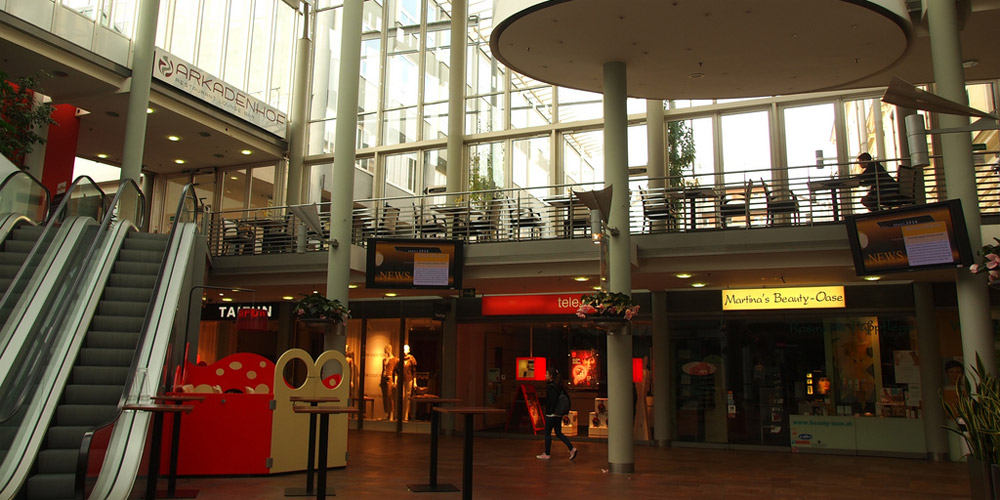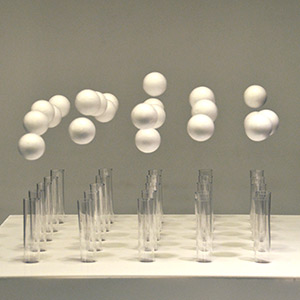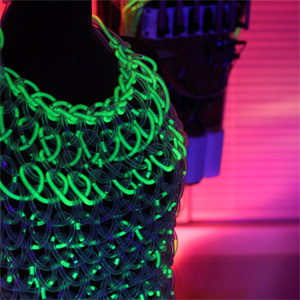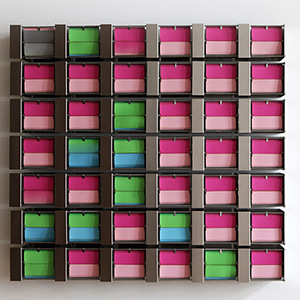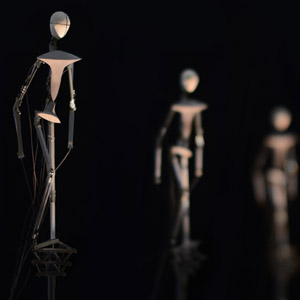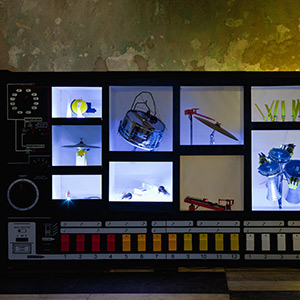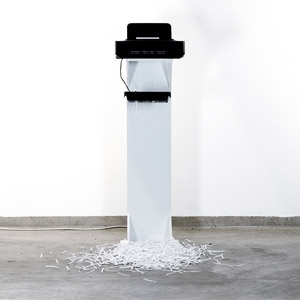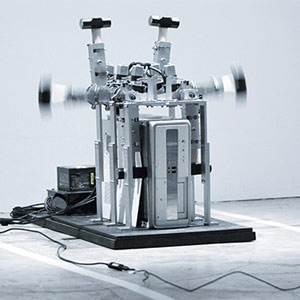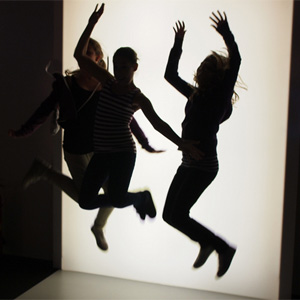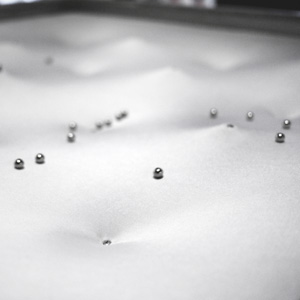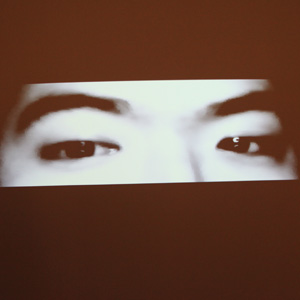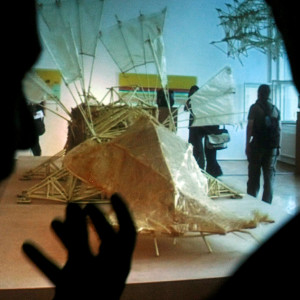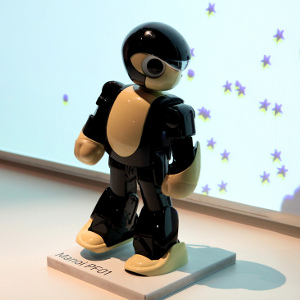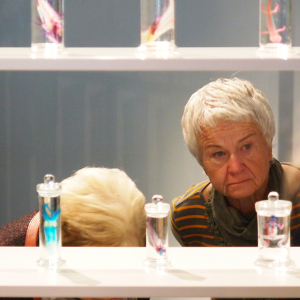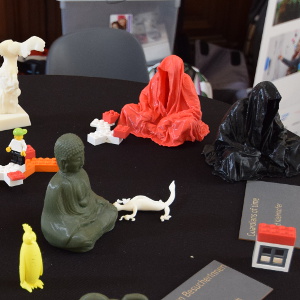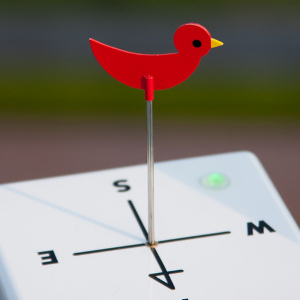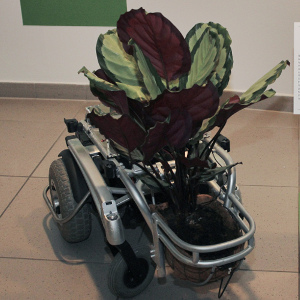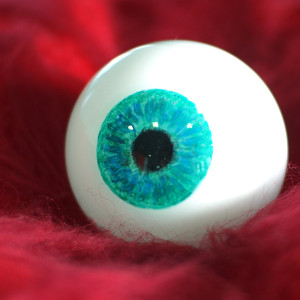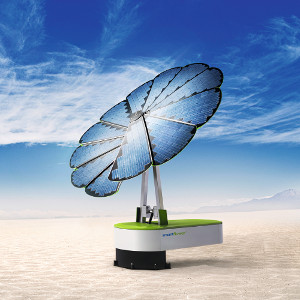THU September 4-MON September 8, 2014, 9:30 AM-7 PM
Arkade, Herrenstraße, Spittelwiese
How can humankind arrive at an eminently livable future? Which pioneers are already blazing trails in that direction and can make it accessible to all? These questions are being posed by the 2014 Ars Electronica Festival, and there’ll be no shortage of potential answers to them either!
Delivering Energy
Thus, the C in the festival theme also stands for catalysts, the agents necessary to provide energy and trigger a reaction that gets change underway—not only in chemistry experiments; in processes of social renewal too. Since time immemorial, art has been a superb catalyst. It can impart energy to an idea without exhausting itself.
Making the World a Better Place
Artists as catalysts of change: the 2014 Ars Electronica Festival will address this fascinating concept as well. How art can be applied will be showcased in the Change Gallery arrayed in and around the Arkade shopping center. These best-practice examples of how technical and social innovations can make life better have been designed to impart the courage to get started with some much-needed change. The mix also includes an interesting assortment of media art from around the world.
Dance with the air: atOms and MoLECULE are two—actually invisible—kinetic installations. The fact that they actually consist of unstable, moving layers of air is made apparent by the small white balls kept hovering in midair by several fans.
Fluid Dress is a futuristic designer garment that enables its wearer to spontaneously display brief messages or express moods.
The wall installation In Search of Lost Time consists of 42 flip-flap displays arranged in a square grid. Instead of alphanumeric text, the modules are reduced to colour and movement.
A Delta-Figure is a sculpture that employs complex and minute movements, placing it within the continuum between “robot” and “still sculpture.” The difference between a “still sculpture” and a “still human” is whether the subject is standing completely still or whether it moves in minute yet complex ways.
What’s still missing in electronic music? Moritz Simon Geist is convinced that it’s robots, and he created his MR-808 robot installation to begin closing this gap.
The opposite of data storage is data destruction. How close these two are to one another is graphically and amusingly illustrated by your unerasable text. The processual chain commences when a festivalgoer sends an SMS to the installation’s cell phone, and it’s forwarded to a computer.
This installation by Stefan Tiefengraber carries on a long tradition of self-destroying machines, and turns over control of the demolition to installation visitors.
Shadowgram brings out visitors’ own creativity. Silhouette images reveal an entire world of thinking about current issues. With playful ease, opinions materialize into a real picture.
People transfer systems from the physical to virtual space. But what happens if this process is reversed? Aerosol is an experiment, which investigates exactly this by using a particle simulation. The fascinating thing about such a particle system is the emergent, unpredictable phenomena.
Learn to be a Machine | DistantObject #1 is an abstract system of obedience and manipulation. The video installation features a representation of the artist himself, who has provided a means for the audience to interact with the system. By scrolling a trackball, the audience can manipulate the direction of the artist’s eyes.
Theo Jansen first studied physics. Since 1990, he’s been working with yellow plastic tubing, which he uses to construct skeleton-like creatures that lumber along the beach. Jansen considers himself the creator of a new life form that’s nourished solely by the wind and constantly undergoes a sort of evolution.
Manoi PF01 is a Japanese robot that combines design artistry with leading-edge technology. Several details of the construction aim to counteract the cliché of robots as mere high-tech musclemen: big eyes and a broad forehead convey openness; the expansive chest radiates self-assurance.
The Japanese artist Iori Tomita creates fntastic-alien preparations out of marine animals. The muscle tissue of animals is thereby made translucent by dissolving natural proteins. The precise forms of nature are exposed by human dissection technique and then inked.
For about two decades, printers have offered computer users a convenient way to print texts and photos. But for a while now, special devices allow to make three-dimensional objects made of plastic, metal, gypsum and even concrete with a printer. First, you use special 3D software to design a digital object on the computer. Then all you have to do is print it!
“Kazamidori“ is a weathervane for the Internet age. “Kaza“ (wind) “mi“ (watch) “dori“ (bird) is a Japanese expression for a weathervane.
Now that lots of people are going hightech, it’s high time for plants to do so too. Brazilian artist Ivan Henriques’ interactive “Biomachine” explores new channels of communication among human beings, living organisms and machines.
You feel like you’re being watched, don’t you? The artificial eye appears to be nothing out of the ordinary at first glance. It rests ensconced in a little black box. But upon closer inspection, you discover why you suddenly have the feeling of being under surveillance.
smartflower energy technology GmbH is an Austrian company that has developed a mobile solar power plant for use by a typical household.

